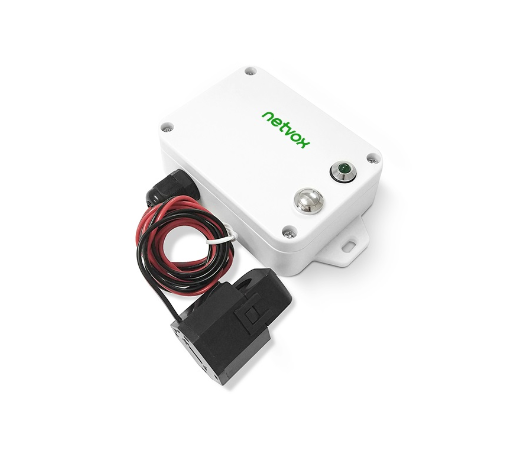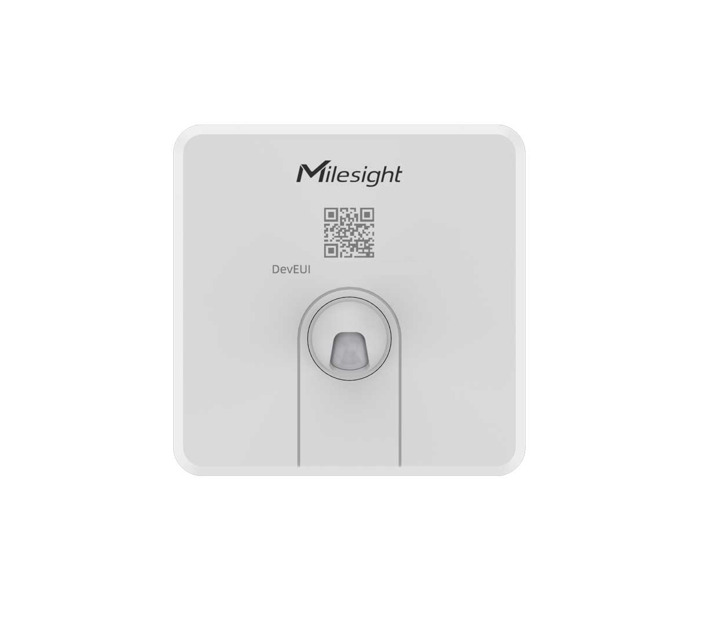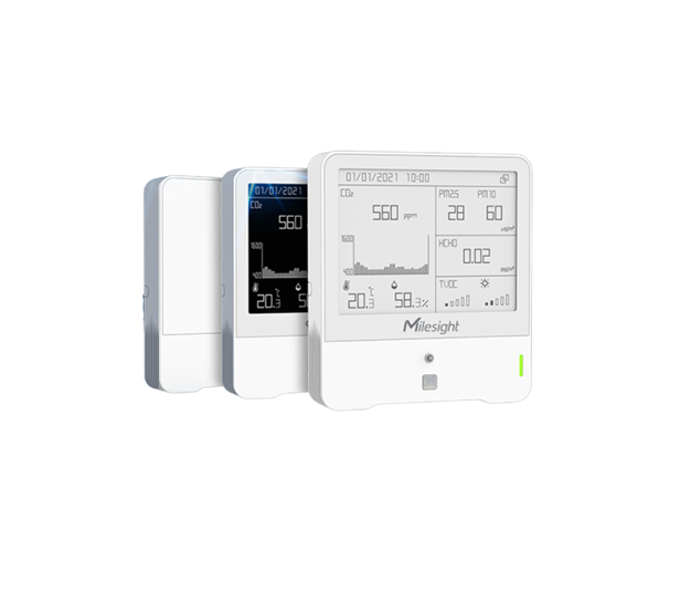IoT in Facilities and Building Management sector
The Internet of Things (IoT) is revolutionising many industries, including the Facilities and Building Management sector. IoT technology offers an unprecedented level of connectivity and data collection that enables facilities managers to optimize their operations, reduce costs, and enhance building occupant experience. In this blog, we will explore the benefits and challenges of implementing IoT in Facilities and Building Management.
Neoway

3 reasons to choose Neoway?
Optimisation and customisation can make or break a product design. That’s why Neoway offers services to help customers improve the performance of their products.
Features:
- real-time monitoring
- automated building control
- predictive maintenance;
Neoway products helps businesses to optimise their operations, reduce energy consumption, and improve efficiency.
Benefits of IoT in Facilities and Building Management:
Improved Energy Efficiency
IoT sensors can monitor energy usage in real-time and provide insights into energy consumption patterns. Facilities managers can then use this information to optimise heating, cooling, and lighting systems, reducing energy usage and costs.
Predictive Maintenance
IoT sensors can detect equipment malfunctions and send alerts to facilities managers before they become major issues. This allows for proactive maintenance, reducing downtime and repair costs.
Enhanced Security
IoT devices can be used to monitor building security systems, including access control, video surveillance, and fire detection. Facilities managers can access these systems remotely and respond to potential threats quickly.
Occupant Comfort
IoT sensors can monitor indoor air quality, temperature, and lighting, ensuring that building occupants are comfortable and productive. Facilities managers can also use this data to adjust building systems based on occupancy levels and usage patterns.
Cost Savings
By optimising energy usage, reducing maintenance costs, and enhancing building security, facilities managers can save money on operational expenses. This can free up funds for other capital investments and improve the overall financial performance of the building.
Conclusion
IoT technology has the potential to transform the Facilities and Building Management sector, offering new levels of connectivity, data collection, and analysis. However, there are also challenges associated with implementing IoT systems, including data overload, security concerns, and integration issues. Facilities managers must carefully evaluate these challenges and work to implement IoT solutions that address their specific needs and objectives. With proper planning and execution, IoT can help facilities managers optimise their operations, reduce costs, and enhance building occupant experience.






